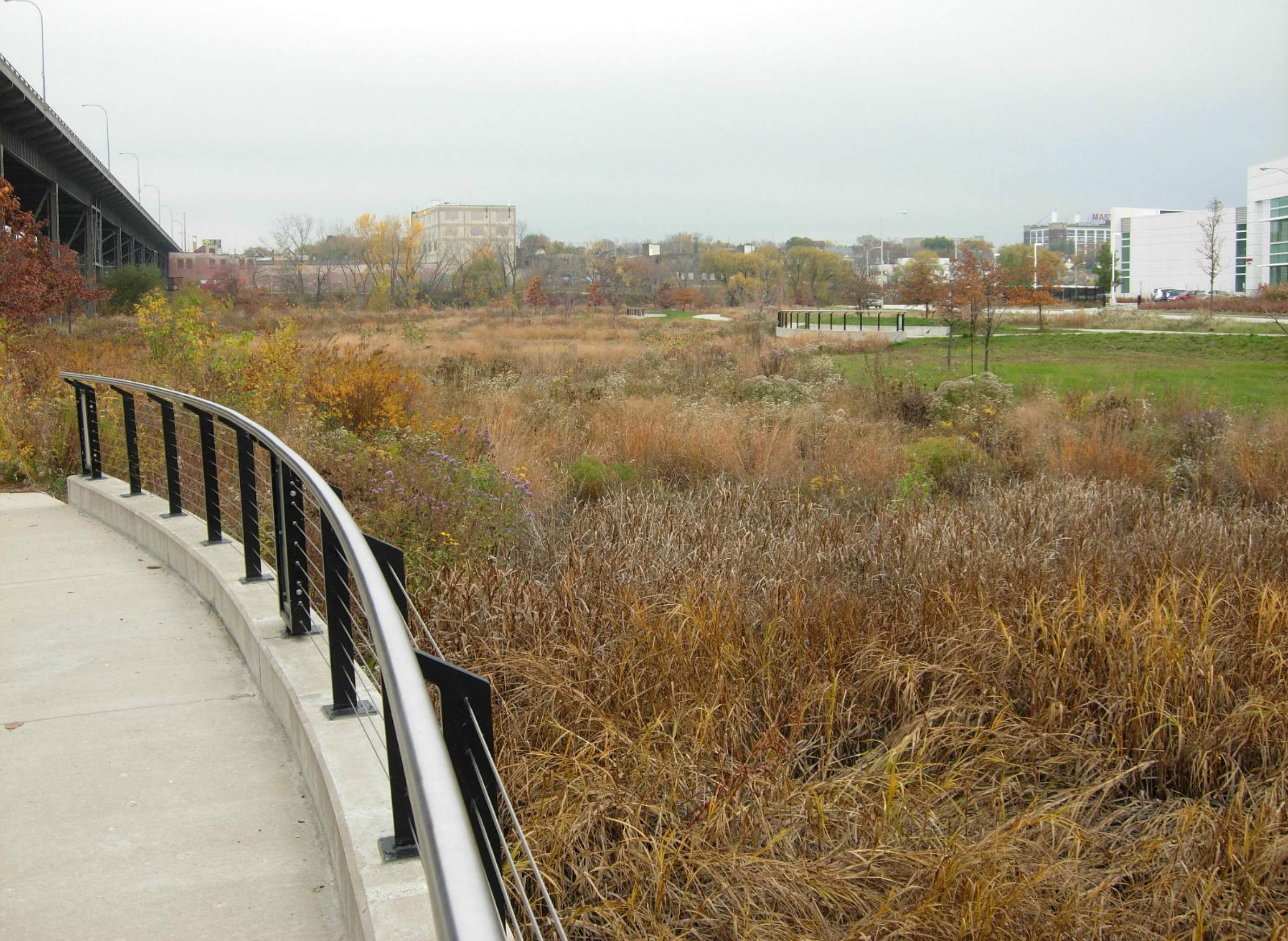
Why Wetlands Are Integral In Landscapes Even When Isolated In Law

Wetlands make up part of the landscape in every Wisconsin county. Of the roughly 5.3 million wetland acres in the state, about 4 million are managed at the national level, which means anybody seeking to develop that land would need federal permits. That leaves about 20 percent of Wisconsin's wetlands, which are governed by state policy.
A proposal working its way through the Wisconsin Legislature would dramatically reduce state permitting requirements for filling wetlands. While under consideration in the Assembly, the bill (AB 547) was amended to address some environmental concerns. The proposal would still remove permitting and mitigation requirements for thousands of acres of wetlands, though — in aggregate, even filling in relatively small areas of wetlands could have significant effects on matters ranging from drinking-water quality to flood mitigation. Additionally, it would preempt local wetlands regulations — part of a larger trend under Gov. Scott Walker and Republican majorities in the Legislature to curb local governments' power to set policy — and it would especially loosen rules for wetlands inside urban areas.
What's key in the bill is the legal concept of "isolated" wetlands, which environmental regulators define as wetlands not connected to a navigable body of water like a river or lake. But a wetland that's "isolated" in the parlance of law is not, of course, separated from the developed or undeveloped landscape around it. Replace an area of wetland with a paved surface or building that can't absorb or filter water to the same degree, and the result is that this water inevitably travels a different path.
In Solid Waste Agency of Northern Cook County v. Army Corps of Engineers, the U.S. Supreme Court ruled in 2001 that the Clean Water Act does not apply to isolated wetlands, so their regulation is largely up to the states. Another key Supreme Court case, Rapanos v. United States, yielded a complex split of decisions in 2006 that essentially remanded the case back to lower courts, but signaled the Court's skepticism of federal authority to regulate different types of wetlands under the Act.
In the wake of these rulings, Wisconsin tried to fill the gaps with its own regulations on isolated wetlands, University of Wisconsin-Madison geography professor Morgan Robertson said in Feb. 16, 2018 interview with Wisconsin Public Television's Here & Now.
Robertson discussed how wetlands sit at low elevations and form natural basins to catch water. Eliminating wetland areas can make flooding worse, especially in urban settings. That's a growing concern, because as the global climate warms, Wisconsin is projected to experience more heavy rainfall and flooding; indeed, that trend is already affecting the state. Filling in wetlands, especially small wetlands in urban areas, could have significant consequences when heavy rains come down, Robertson explained.
"You would see an increase in storm peaks and you would see that water not being absorbed into the groundwater and being directed instead into the storm sewer system," he said. "It would result in the need for possibly upgraded storm sewer systems, and certainly ecological impacts downstream."
As water slowly works its way through a wetland into the ground or nearby surface waters, some of the contaminants in it are removed through a complex variety of processes, as Chicago-based advocacy and wetlands-restoration group The Wetlands Initiative explains. This natural filtration — the kind of thing that requires complex engineering and costs millions of dollars to replicate in water-treatment plants — is responsible for what Robertson called the underappreciated "public health function" of wetlands.
"They concentrate and sequester and sometimes treat the landscape of contaminants that flows into them as low points in the landscape," Robertson said. He added: "Because wetlands are focused places where surface water becomes groundwater, or groundwater becomes surface water, so they're an essential part of solving the problem of especially nitrate pollution that's affecting our groundwater," Robertson said.
Nitrate and other plant nutrients common in farm fertilizers, especially phosphorus, have created widespread pollution problems in both groundwater and surface waters across Wisconsin. Nitrate contamination in drinking water can particularly threaten the health of infants and pregnant women, while phosphorus throws ecosystems off balance. When nutrient-laden waters flow through wetlands, various physical, chemical and biological processes at work can reduce some of those contaminants and keep them out of wherever the water flows next.
One large-scale, real-life parable about the usefulness of wetlands has played out a couple of states east of Wisconsin. The dense, near-impassable reaches of the Great Black Swamp once sprawled across thousands of square miles in northwest Ohio and northeast Indiana. During the late 19th century, farmers and local governments began to aggressively drain much of it, creating what remains a highly productive agricultural landscape. But without wetlands, streams and rivers in the region, which flow into Lake Erie, lost a natural buffer against farm runoff. Today, the lake experiences noxious, toxic blooms of algae visible from space. It takes massive amounts of phosphorus to feed those blooms, and most of it comes from farm runoff.
One trend in Wisconsin environmental regulation since the 1970s, Robertson said, has been to try to mitigate the filling of natural wetlands, sometimes by creating artificial wetlands elsewhere. Robertson explained that AB 547 would provide for some funding and research to support mitigation efforts. Robertson acknowledged that mitigation efforts can help restore some of the lost functions of a filled-in wetland, but they can still fall short.
"The track record shows that you can if you are very careful about where the replacement goes, you can replace some of the functions and values that have been lost," he said. "You always do lose something by not having the wetland in that place."


